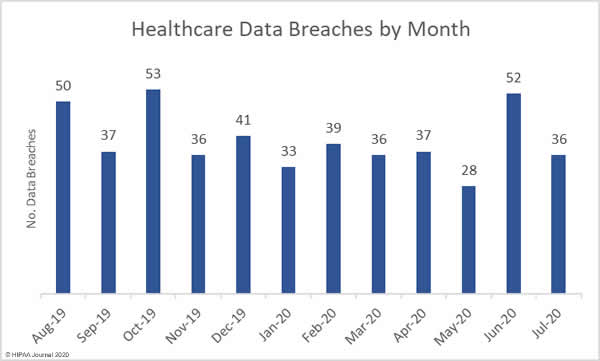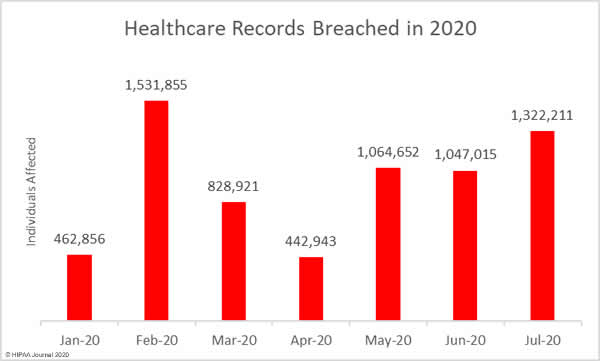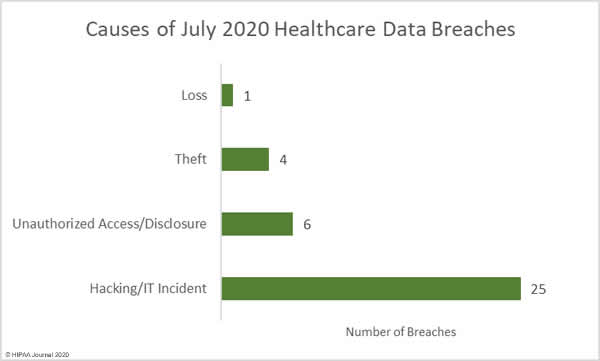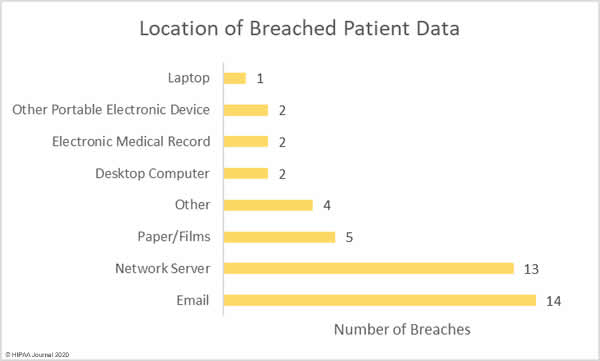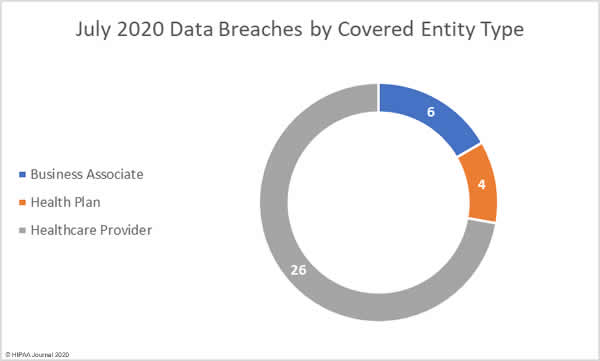A new study conducted by IRONSCALES shows there has been a major increase in credential theft via spoofed websites. IRONSCALES researchers spent the first half of 2020 identifying and analyzing fake login pages that imitated major brands. More than 50,000 fake login pages were identified with over 200 brands spoofed.
The login pages are added to compromised websites and other attacker-controlled domains and closely resemble the genuine login pages used by those brands. In some cases, the fake login is embedded within the body of the email.
The emails used to direct unsuspecting recipients to the fake login pages use social engineering techniques to convince recipients to disclose their usernames and passwords, which are captured and used to login to the real accounts for a range of nefarious purposes such as fraudulent wire transfers, credit card fraud, identity theft, data extraction, and more.
IRONSCALES researchers found the brands with the most fake login pages closely mirrored the brands with the most active phishing websites. The brand with the most fake login pages – 11,000 – was PayPal, closely followed by Microsoft with 9,500, Facebook with 7,500, eBay with 3,000, and Amazon with 1,500 pages.
While PayPal was the most spoofed brand, fake Microsoft login pages pose the biggest threat to businesses. Stolen Office 365 credentials can be used to access corporate Office 365 email accounts which can contain a range of highly sensitive data and, in the case of healthcare organizations, a considerable amount of protected health information.
Other brands that were commonly impersonated include Adobe, Aetna, Alibaba, Apple, AT&T, Bank of America, Delta Air Lines, DocuSign, JP Morgan Chase, LinkedIn, Netflix, Squarespace, Visa, and Wells Fargo.
The most common recipients of emails in these campaigns with individuals working in the financial services, healthcare and technology industries, as well as government agencies.
Around 5% of the fake login pages were polymorphic, which for one brand included more than 300 permutations. Microsoft login pages had the highest degree of polymorphism with 314 permutations. The reason for the high number of permutations of login pages is not fully understood. IRONSCALES suggests this is because Microsoft and other brands are actively searching for fake login pages imitating their brand. Using many different permutations makes it harder for human and technical controls to identify and take down the pages.
The emails used in these campaigns often bypass security controls and are delivered to inboxes. “Messages containing fake logins can now regularly bypass technical controls, such as secure email gateways and SPAM filters, without much time, money or resources invested by the adversary,” explained IRONSCALES. “This occurs because both the message and the sender are able to pass various authentication protocols and gateway controls that look for malicious payloads or known signatures that are frequently absent from these types of messages.”
Even though the fake login pages differ slightly from the login pages they spoof, they are still effective and often successful if a user arrives at the page. IRONSALES attributes this to “inattentional blindness”, where individuals fail to perceive an unexpected change in plain sight.
The post Study Reveals Increase in Credential Theft via Spoofed Login Pages appeared first on HIPAA Journal.
